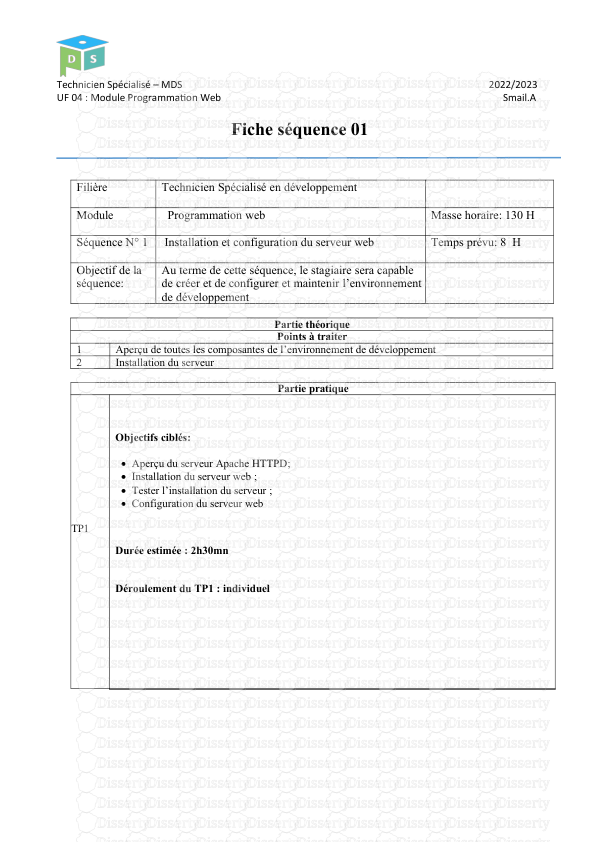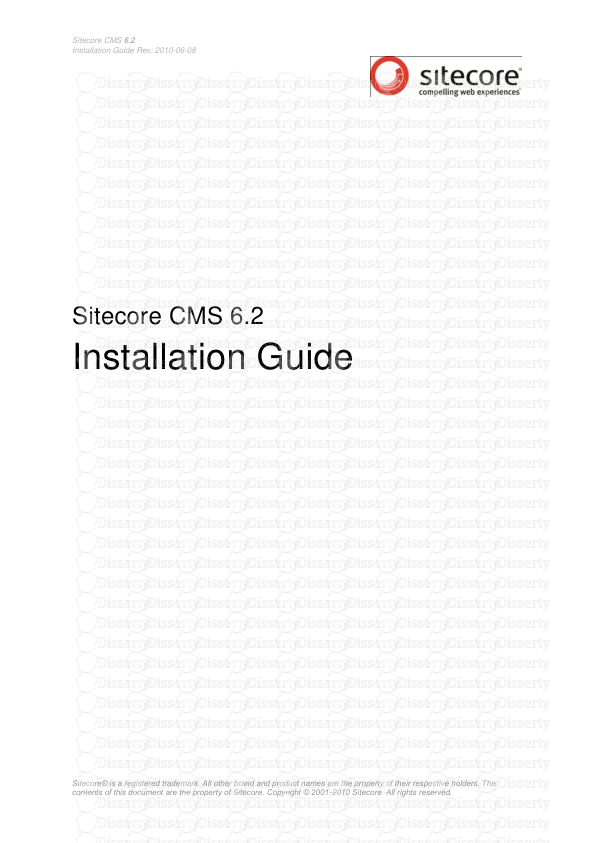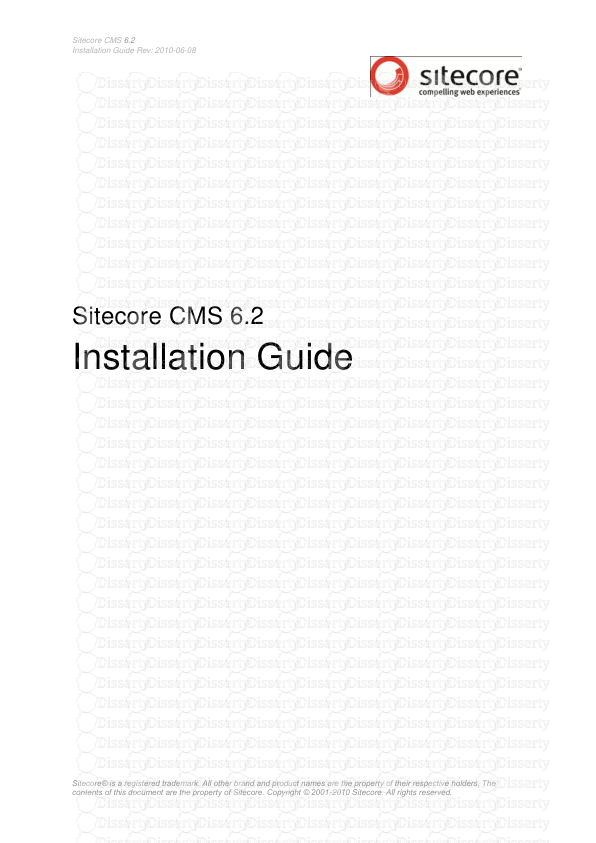Axis CPP - ANT Build Guide <!-- --> <!-- --> <!-- --> <!-- --> 1. Axis C++ ANT
Axis CPP - ANT Build Guide <!-- --> <!-- --> <!-- --> <!-- --> 1. Axis C++ ANT Build Guide This document provides instructions for using and extending the ANT based build for the AXIS C++ project. Contents • Preparing system • Getting necessary third party software • Property Files • Getting the source code • Setting the Environment • Running the ANT build • Enabling Trace and Debug • Adding an extra platform Preparing system To use the ANT based build you will need to install the following: • Apache ANT • Available from http://ant.apache.org • These scripts have been developed and tested using version 1.6.x • Java SDK - required for running of ANT scripts, and the compilation of WSDL2Ws tool • Require version 1.4+ • Ant-Contrib - provide numerous extensions to ANT, including the compilation of C/C++. • Available from http://ant-contrib.sourceforge.net • Place JARs into [ANT INSTALL DIR]/lib. • Require both ant-contrib (v0.6) and cpptasks (v1.0b3) • (Optional) Doxygen - Used for generating API documentation • Available from http://www.doxygen.org • Compiler / Linker • For Windows - Microsoft Visual C++ v6 • For Linux - gcc / g++ • For AIX - IBM Visual Age for C++ • For Solaris - cc • For HP-UX - aC++ Page 1 Copyright © 2000-2005 The Apache Software Foundation All rights reserved. • For OS400 - icc Getting necessary third party software Axis Cpp Developers use the Xerces-cXML Parsers to build the Axis Cpp. Additionally, you can opt to build Apache mod files for Apache 1.3 or 2.0. Xerces-C XML Parser You can get Xerces-C binaries from http://xerces.apache.org. Apache You can get Apache 1.3 or 2.0 from http://httpd.apache.org/ Property Files The behaviour of the ANT scripts is controlled by the values specified in build.common.properies. To aid in the portability of the ANT scripts, there are also a number of platform specific property files which override properties as required. The ANT scripts will automatically determine the correct file to be used based on the platform in which it is currently running. The property files are found in ws-axis/c/build with the following naming convention: build.common.properties build.[platform].properties A number of example property files are provided for Windows, Linux, AIX and Solaris. It is intended you update these files to suit your development and build environment, including location of third party software dependencies and target packaging structure. These property files also allow you to make some selection on which artefacts will be produced by the build: • Select which Apache module to produce: • For each one to be built, set the following to true: server.apache13 server.apache20 • Select whether to build Simple Axis Server executable: • If you wish to build this, set the following to true: server.simpleAxisServer The default selections are for both the Apache 1.3 and Apache 2.0 modules. Setting the Environment Before running ANT the following environment variables must be set: • ANT_HOME - location of ant installation • JAVA_HOME - location of java installation • PATH - to include [ANT_HOME]/bin and [JAVA_HOME]/bin. Axis CPP - ANT Build Guide Page 2 Copyright © 2000-2005 The Apache Software Foundation All rights reserved. • Also ensure doxygen and compilers are available on the system path. The default property files make use of the following environment variables to locate the various third party software dependencies. • AXISJAVA_LIB - location of Axis Java JAR files, as required for WSDL2Ws tool • XERCES_HOME - location of Xerces installation • APACHE_HOME - location of Apache 1.3 installation (if building Apache 1.3 module) • APACHE2_HOME - location of Apache 2.0 installation (if building Apache 2.0 module) Getting the source code See here for more detail on gaining access to the code in SVN. Note: The ANT scripts were written based on the previous CVS structure and have not been updated to the SVN structure, so you will need to ensure your checkout is into the following structure: [build root]\ws-axis\c The checked out folder ws-axis\c will be referred to as [CHECKOUT_HOME] from this point on. Running the ANT build Once you have configured your environment and property files the build is a simple two step process. The first step is to build all the generated artefacts. At the comment prompt change to [CHECKOUT_HOME] and run: ant This will build the following: • Client library • Transport libraries • XML Parser library • Server library • Apache modules • Apache 1.3 or Apache 2.0 configurable through the property files • Simple Server Executable • Configurable through the property files • WSDL2Ws tool • API Documentation The second step is to package the generated artefacts. From [CHECKOUT_HOME] run: ant -f package.xml This will package into two distributables: • binary • source Enabling Trace and Debug Axis CPP - ANT Build Guide Page 3 Copyright © 2000-2005 The Apache Software Foundation All rights reserved. By default, the ANT build scripts do not produce libraries with trace or debug symbols. To include these make use of one of the following to build: ant buildWithTrace ant buildWithDebug ant buildWithTraceAndDebug The packaging step remains the same, but when packaging the source distributable it will automatically select the trace instrumented source code if available. When trace is selected, the ant build adds in trace entry and exit statements into many of the methods in Axis C++. Then at runtime, in axiscpp.conf, set ClientLogPath to a file and Axis C++ will write out trace to that file. Omitting ClientLogPath from axiscpp.conf switches trace off. Adding an extra platform The AXIS community would greatly appreciate your input, if you're working on a platform not currently supported by the ANT scripts. Below, are the steps required to add an additional platform; 1. Add platform detection to pre-init target in buildIntialize.xml, eg: <condition property="linux"> <os name="Linux"/> </condition> 2. Update platform property within initialize target in buildIntialize.xml, eg: <condition property="platform" value="Linux"> <isset property="linux"/> </condition> 3. Provide an additional property file in ws-axis/c to match your platform. This uses the naming convention build.[platform].properties, where platform is as specified in step 2. 4. Provide compiler definition for platform in buildIntialize.xml, include a condition check for the correct platform and any debug flags should be conditional on the debug property being set, eg: <compiler id="Linuxgcc" name="g++" if="linux"> <compilerarg value="-g" if="debug"/> <compilerarg value="-Wall"/> <compilerarg value="-Wshadow"/> <compilerarg value="-O2"/> <defineset> <define name="ENABLE_AXIS_EXCEPTION"/> <define name="HAVE_CONFIG_H"/> <define name="PIC"/> </defineset> <includepath path="${dir.include}"/> </compiler>Note: Compilers may extend one another, which can be useful if an Axis CPP - ANT Build Guide Page 4 Copyright © 2000-2005 The Apache Software Foundation All rights reserved. additional platform uses the same compiler, but maybe only small variations in the parameters. 5. Provide linker definition for platform in buildIntialize.xml, include a condition check for the correct platform and any debug flags should be conditional on the debug property being set, eg: <linker id="LinuxLinker" name="g++" libtool="true" if="linux"> <linkerarg value="-g" if="debug"/> <libset libs="stdc++"/> </linker>Note: As for compilers, linkers may extend one another. 6. Add new compiler and linker to the various cc tasks used within the ANT scripts, eg: <cc outfile="${dir.bin}/${transportLibraryName}" objdir="${dir.objects}" exceptions="true" failonerror="false" outtype="shared" multithreaded="true"> <!-- Compilers --> <compiler refid="Linuxgcc"/> <compiler refid="AIXxlc"/> ... <!-- Linkers --> <linker refid="LinuxLinker"/> <linker refid="AIXLinker"/> ... </cc> Axis CPP - ANT Build Guide Page 5 Copyright © 2000-2005 The Apache Software Foundation All rights reserved. uploads/s3/ antbuild-guide.pdf
Documents similaires










-
41
-
0
-
0
Licence et utilisation
Gratuit pour un usage personnel Attribution requise- Détails
- Publié le Mar 24, 2022
- Catégorie Creative Arts / Ar...
- Langue French
- Taille du fichier 0.0163MB


